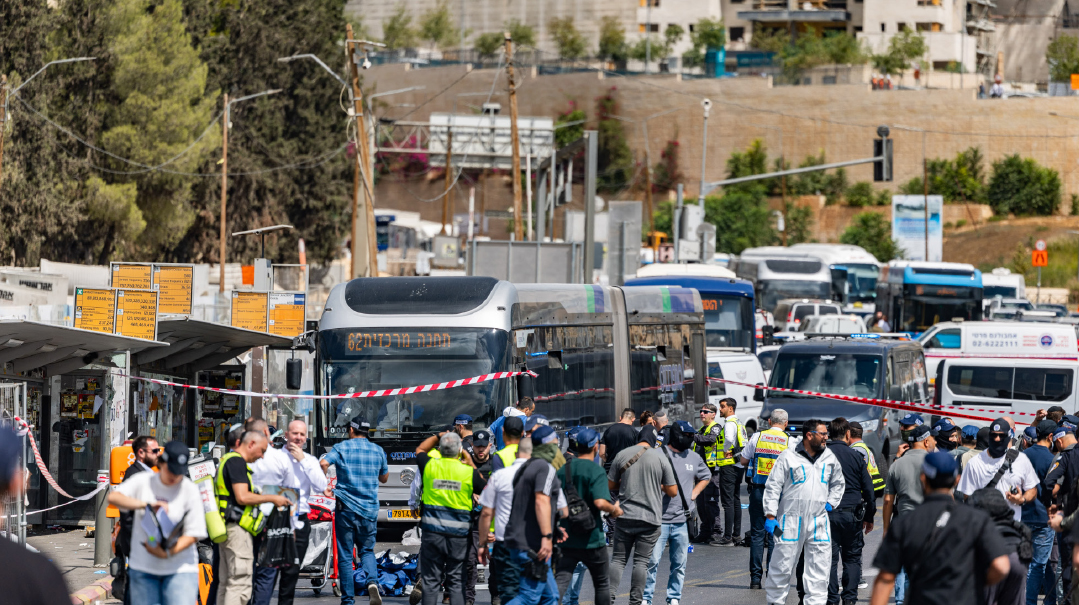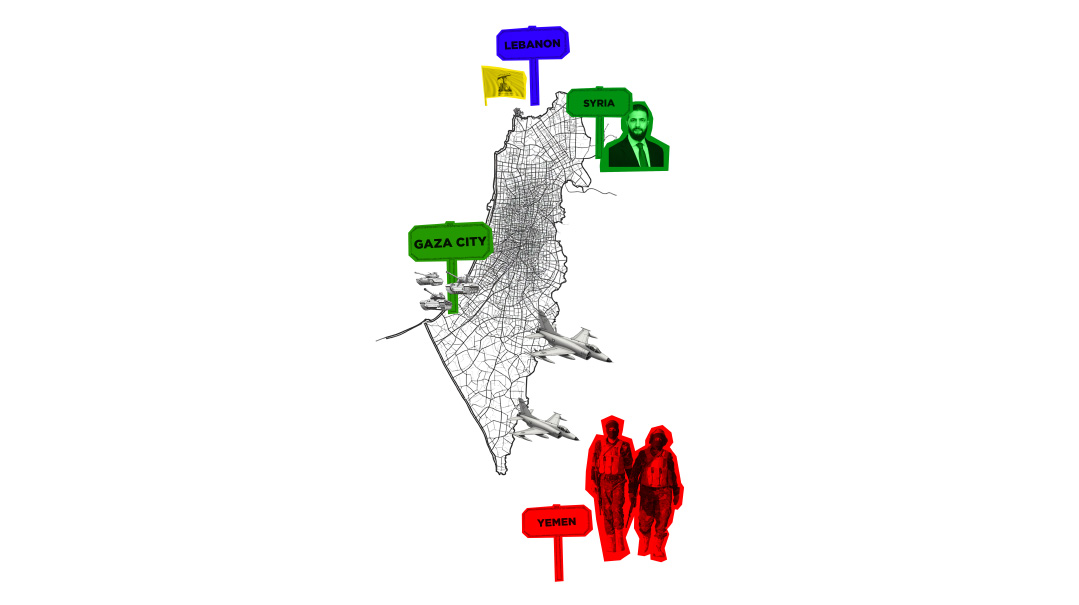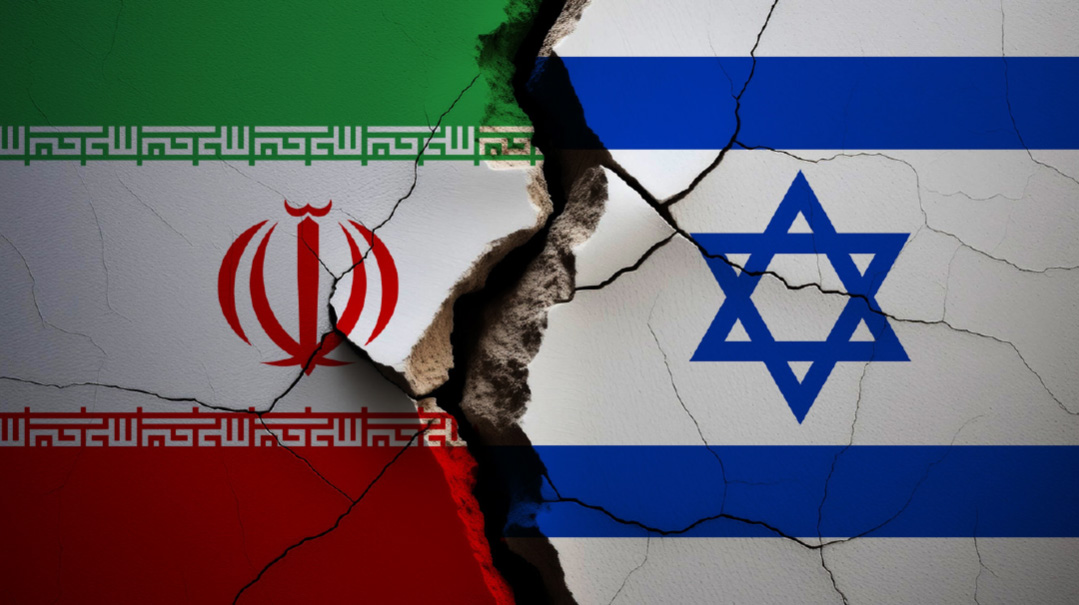The Changing Battlefield of the Golan Heights

New bullies in Israel’s ’hood as ISIS joins Iran to the north

I
slamic State out, Iran in.
That is the strategic reality facing Israel on the Golan Heights, where Iran, along with the help of the Syrian army and Shiite militias, is making gains daily.
In the northwest part of the Syrian Golan Heights, forces loyal to Syrian dictator Bashar al-Assad have in recent days encircled small Sunni villages and presented them with an ultimatum: Either surrender and swear allegiance to the regime or face annihilation.
In like manner, Assad has slowly recaptured Syria. Today, the Syrian army and Shiite militias control some 70 percent of the country, and a majority of the population. By comparison, in the summer of 2015, before Russia entered the fray, Assad controlled just 25 percent of Syrian territory. The move into the Golan Heights is a sign that the regime is now free to focus its energies on areas heretofore considered less crucial to the war effort. Those maneuvers will take the Syrian dictator to the edge of the Israeli border.
Syrian army and militia attacks against anti-government Sunni rebels will likely begin along the Syrian-Lebanese border, defense analysts say, on the northern slopes of the Syrian Hermon. The goal is to permanently cut off the rebels’ supply lines from Lebanon. In the next stage, defense sources speculate, Assad’s units, with the backing of Hezbollah and Shiite militias, will attempt to expel the Sunni rebels from the center and south of the Golan Heights — areas those groups seized five years ago. The battles are likely to be fierce, since Assad’s victories in other parts of the country have forced retreating rebel forces south. In the Islamic State–controlled enclave in the southern Golan Heights alone, close to the borders of Israel and Jordan, there are about 1,000 fighters.
A New Policy for Syria?
Since the outbreak of the Syrian civil war, Israel has taken a hard line toward the Assad regime, while extending humanitarian aid to Sunni villages close to the border. With the arrival of hundreds of activists from extremist Sunni organizations identified with al-Qaeda and Islamic State, however, Israel is reevaluating its policy.
The last year has seen relative stability on the Syrian side of the Golan Heights. Assad has regained control of the northernmost region, manning positions on the Syrian Hermon and New Quneitra. Adjacent to this territory are two enclaves: One is the Druze village of Khader, controlled by a local militia with ties to the Assad regime, while the other is Sunni.
The central area of the border, from old Quneitra and southward, is controlled mostly by local Sunni militias, some of whom have received aid from Israel in the form of food, clothing, and medicine — and even medical care in Israeli hospitals. Incidentally, the Arab media has claimed recently that these militias are also receiving arms and ammunition from Israel.
In the south, a local branch of Islamic State is active close to the Syria-Jordan-Israel triangle. That Islamic State contingent has recently been reinforced by a few hundred fighters who have fled other parts of the country where the organization has been defeated. According to estimates, there are now close to 1,000 armed rebels there, fighting under the Islamic State flag. Meanwhile, different radical elements affiliated with al-Qaeda have moved into the central region, after fleeing the battles in the east. Refugees associated with the Islamic State fleeing from the north have also pushed closer to the border.
(Excerpted from Mishpacha, Issue 691)
Oops! We could not locate your form.













